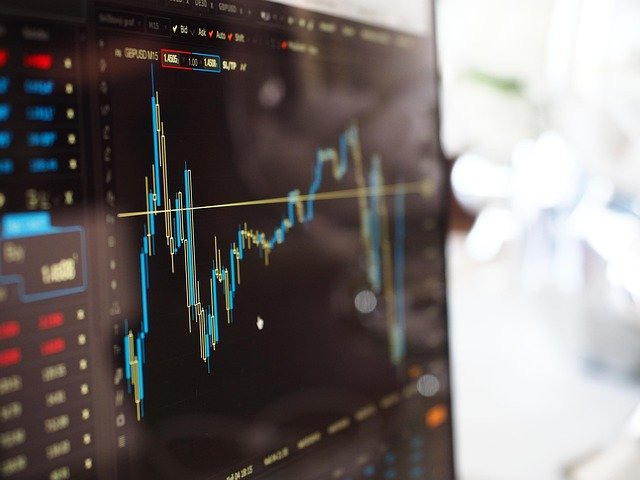Rethinking Industrial Waste: A New Era of Resource Recovery
In the face of increasing resource scarcity and environmental concerns, industries worldwide are rethinking their waste management practices. This article delves into the emerging trend of resource recovery, a practice that transforms industrial waste into valuable materials, fueling a new era of sustainable growth.
The Genesis of Resource Recovery
Historically, waste management in industries has been a linear process—extract, use, and dispose. However, increasing concerns about resource depletion and environmental pollution have ushered in a paradigm shift towards a circular economy, where waste is not seen as a liability but an asset. The concept of resource recovery—extracting valuable elements from waste and reintegrating them into production processes—has been gaining traction as a sustainable and economic solution to industrial waste.
Resource Recovery: A New Business Trend
Resource recovery not only aids in waste management but also offers financial incentives. It can reduce raw material costs, create new revenue streams through the sale of recovered resources, and enhance a company’s green credentials—a significant asset in today’s market, where consumers increasingly prefer sustainable products.
Impact, Benefits, and Challenges
Adopting resource recovery can lead to significant environmental and economic benefits. It can drastically reduce the volume of waste sent to landfills, lower greenhouse gas emissions, and contribute to resource conservation. Economically, it can reduce costs and create new revenue streams. However, challenges such as high upfront costs, regulatory barriers, and technical complexities can impede its implementation.
Real-World Examples: Pioneers in Resource Recovery
Several companies are leading the way in resource recovery. For instance, the U.S based company, Covanta, specializes in converting waste into energy, while Belgium’s Umicore recovers precious metals from electronic waste. These success stories demonstrate the viability and potential of resource recovery.
Practical Insights into Resource Recovery
- Begin with a thorough waste audit to identify potential resources.
- Consider partnering with other companies for waste exchange.
- Stay abreast with the latest technologies and innovations in resource recovery.
- Understand the regulatory landscape and potential financial incentives.
- Incorporate resource recovery into your company’s sustainability strategy.
Conclusion
Resource recovery presents a compelling opportunity for businesses to turn their waste into wealth while contributing to environmental sustainability. While it comes with its share of challenges, the benefits it offers are significant. As resource scarcity intensifies and environmental regulations tighten, resource recovery may soon become not just an option, but a necessity for industries worldwide. By embracing this trend, businesses can ensure their operations are sustainable, profitable, and future-proof.






